Utah’s five national parks pack more stunning landscapes into a single state than most countries can claim across their entire borders. From the towering red cliffs of Zion to the otherworldly formations of Arches, these parks offer hiking experiences that range from gentle strolls to challenging multi-day adventures.
Each park brings its personality to the hiking experience, creating opportunities for everyone from casual walkers to experienced mountaineers. Here’s a list of 16 trails that showcase the best of what Utah’s Mighty Five has to offer.
Angels Landing
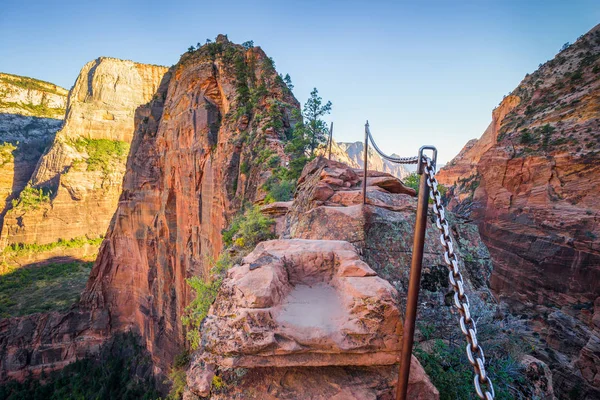
This Zion National Park trail combines stunning scenery with genuine danger, creating an experience that separates serious hikers from casual tourists. The final half-mile requires holding onto chains while navigating narrow ridges with thousand-foot drops on both sides.
The 5.4-mile round trip and 1,488-foot elevation gain make it challenging enough before you reach the terrifying final section, but the views from the top justify every moment of white-knuckle climbing.
The Narrows
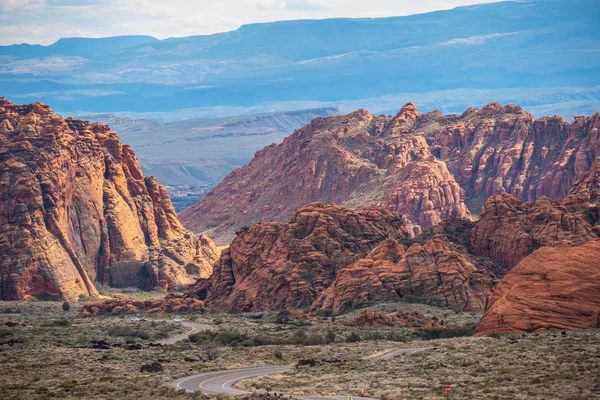
Zion’s most famous water hike takes you through a slot canyon, where the Virgin River serves as your trail for most of the journey. The walls tower 1,000 feet above while you wade through knee-deep water, creating an experience that feels like exploring an underground cathedral.
The bottom-up route covers a 9-mile round trip, though most hikers turn around after a few miles when they’ve had enough of fighting the current and navigating slippery rocks.
Like Travel Pug’s content? Follow us on MSN.
Delicate Arch
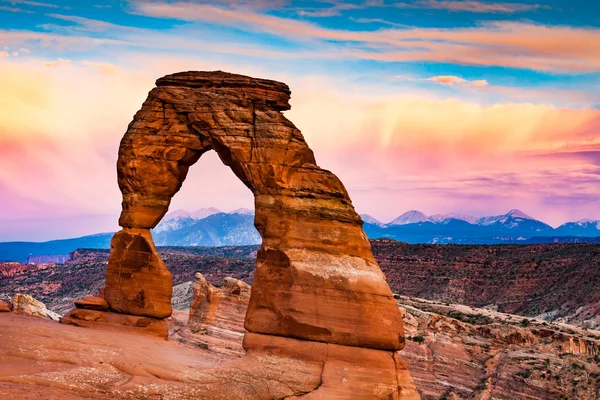
This Arches National Park trail leads to Utah’s most photographed landmark through a relatively easy 3-mile round-trip hike. The sandstone trail crosses open terrain without much shade, making early morning or late afternoon the best times to tackle the moderate elevation gain.
The payoff comes when you round the final corner and see the 65-foot-tall arch standing alone against the sky, creating a moment that explains why this formation appears on Utah’s license plates.
Fiery Furnace
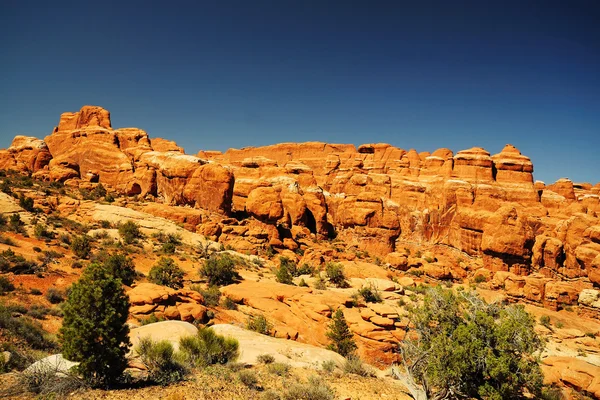
Arches’ most challenging non-technical hike requires either a guided tour or a self-guided permit, taking you through a maze of narrow canyons and towering fins. The 3-mile route involves scrambling over rocks, squeezing through tight spaces, and navigating without clear trails.
The adventure feels like exploring an alien landscape where every turn reveals new formations that appear to defy gravity and logic.
Mesa Arch Loop
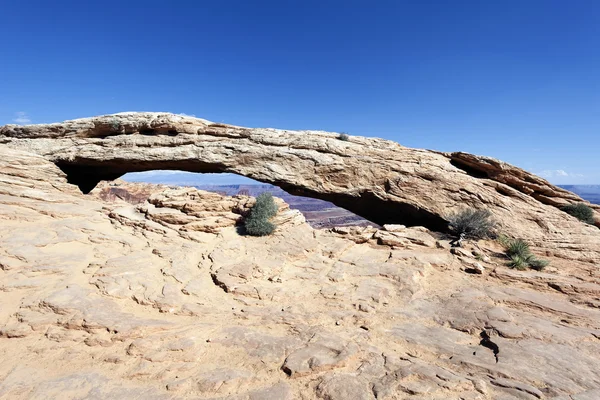
This short 0.5-mile out-and-back in Canyonlands National Park offers one of the American Southwest’s most famous sunrise views. The trail crosses relatively flat terrain to reach a natural arch that perfectly frames the distant La Sal Mountains.
Photographers arrive hours before dawn to claim the best spots, though the arch creates spectacular views throughout the day as the light changes across the red rock formations.
Like Travel Pug’s content? Follow us on MSN.
Grand View Point Overlook
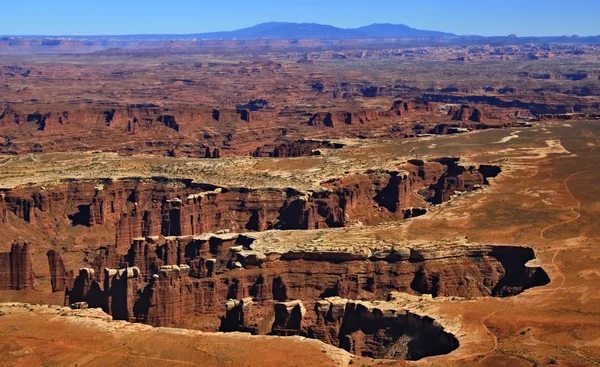
Canyonlands’ most accessible viewpoint requires only a 2-mile round trip hike across the mesa top to reach panoramic views of the Colorado River and surrounding canyons. The trail stays relatively flat while crossing desert terrain dotted with juniper trees and wildflowers.
The overlook provides a perfect introduction to the park’s massive scale, with views extending for miles across layers of red rock that tell millions of years of geological history.
Hickman Bridge
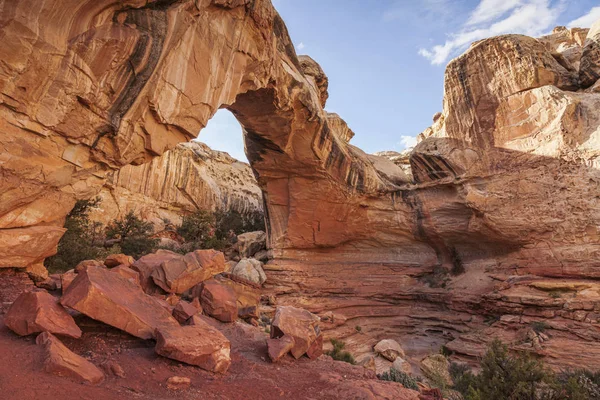
Capitol Reef’s most popular short hike covers 2.6 miles round trip to reach a natural bridge that spans 133 feet across a dry wash. The trail follows the Fremont River through cottonwood groves before climbing gradually to the bridge formation.
The walk showcases the park’s diverse landscape, from green river bottoms to red rock formations, while remaining accessible to hikers of all skill levels.
Cohab Canyon
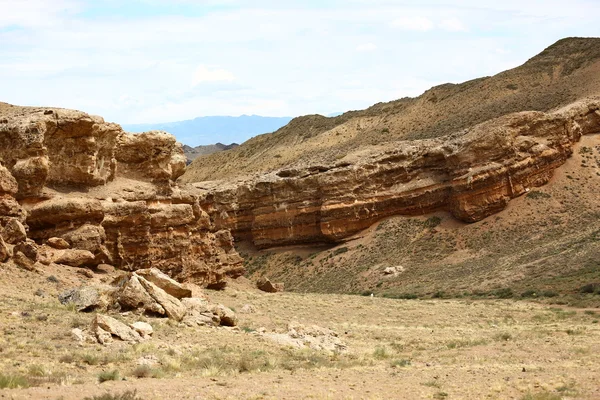
This Capitol Reef hidden gem takes you through a narrow slot canyon that early Mormon settlers used as a hideout during federal raids. The 6.8-mile round trip hike follows the canyon floor between towering walls that create cool shade even on hot days.
The trail connects to other canyon systems, allowing adventurous hikers to explore a network of passages that few visitors ever discover.
Like Travel Pug’s content? Follow us on MSN.
Sunset Point
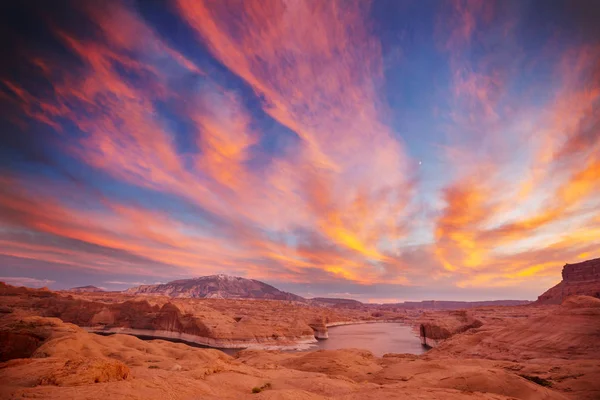
Bryce Canyon’s most accessible viewpoint requires only a short walk from the parking area, but the nearby Sunset Point to Inspiration Point trail adds 1.1 miles of easy walking along the rim. The views change dramatically as you move between viewpoints, revealing different angles of the famous hoodoo formations.
The trail works perfectly for sunrise or sunset viewing when the red rocks glow with colors that seem too intense to be real.
Navajo Loop
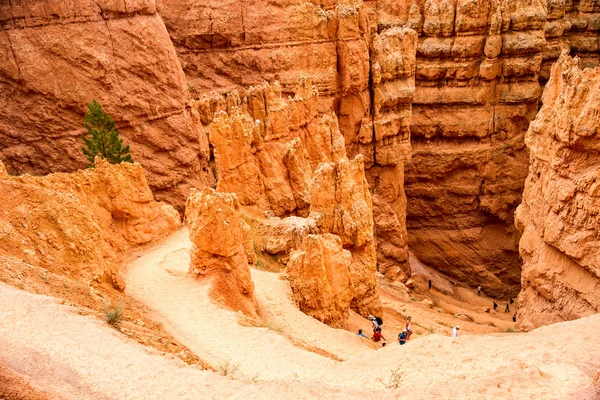
This Bryce Canyon trail descends into the Hoodoo formations through a series of switchbacks that provide close-up views of the park’s famous rock spires. The 1.5-mile loop combines with the Queen’s Garden Trail to create a moderate hike that takes you from rim views down into the canyon floor.
The trail passes through formations with names like Thor’s Hammer, where individual hoodoos stand tall enough to dwarf the hikers walking beneath them.
Emerald Pools
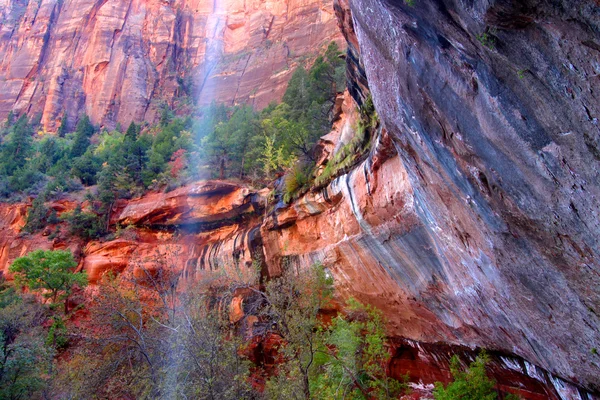
Zion’s family-friendly trail system offers three different pools connected by easy to moderate trails totaling 3 miles round trip. The Lower Emerald Pool requires only a paved 1.2-mile walk to reach a waterfall that cascades overhanging gardens.
The Middle and Upper Pools involve more challenging terrain but reward hikers with additional waterfalls and clearer water that reflects the surrounding red cliffs.
Like Travel Pug’s content? Follow us on MSN.
Observation Point
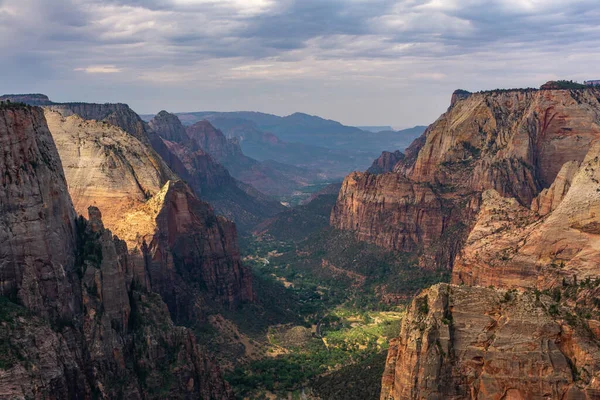
This challenging Zion hike climbs over 2,100 feet (when open from the main canyon) or can be accessed via the shorter East Mesa Trail for a less strenuous route. The trail switchbacks through multiple climate zones, from the desert floor to the pine forest, creating a journey that feels like traveling through different ecosystems.
The final viewpoint provides some of the park’s most spectacular views, though the difficulty level keeps crowds smaller than on more famous trails.
Windows Section
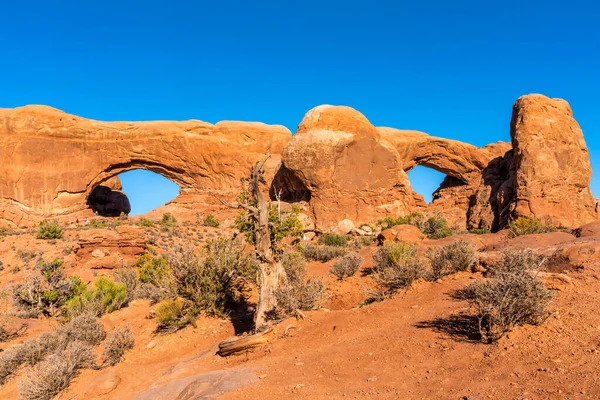
Arches National Park’s most concentrated collection of natural arches can be explored through a series of short trails totaling about 2 miles. The North and South Windows sit close together, creating opportunities for unique photographs where one arch frames another.
The nearby Turret Arch adds another formation to the collection, while the relatively flat terrain makes this area perfect for families with children.
Upheaval Dome Overlook
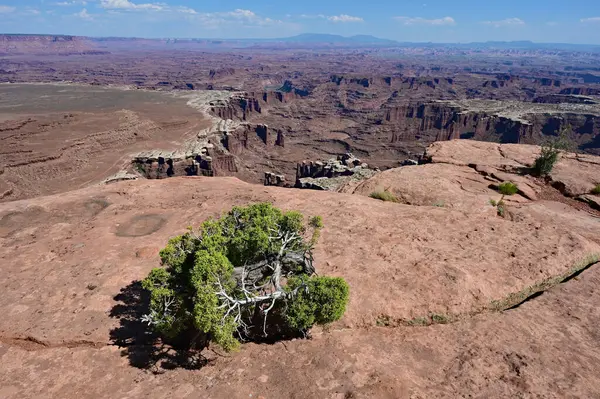
This Canyonlands trail covers a 3-mile round trip to reach views of a mysterious circular formation that scientists still debate. The dome might be an ancient meteor impact site or the result of underground salt movement, but the views from the overlook are undeniably spectacular.
The trail stays relatively flat while crossing desert terrain dotted with cryptobiotic soil crusts that create fascinating patterns underfoot.
Like Travel Pug’s content? Follow us on MSN.
Cassidy Arch
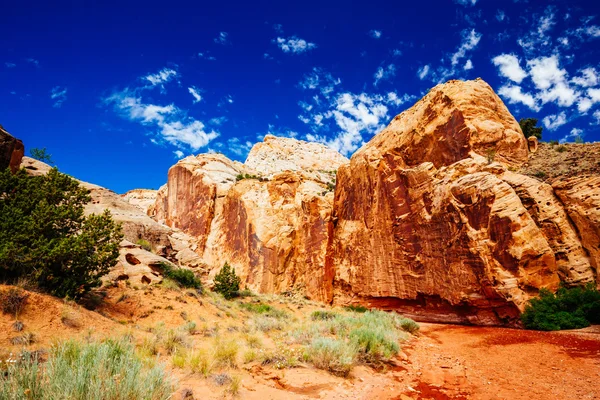
Capitol Reef’s moderate 3.5-mile round trip hike follows an old pioneer route to reach a natural arch named after outlaw Butch Cassidy. The trail crosses varied terrain, from desert washes to slickrock slopes, while providing views of the park’s colorful rock layers.
The arch itself spans 100 feet and frames views of the surrounding canyon country, creating a perfect spot for rest and photography.
Fairyland Loop

Bryce Canyon’s most challenging day hike covers 8 miles through hoodoo formations that most visitors only see from rim viewpoints. The trail descends into the canyon through the Fairyland Point area before climbing back out through different formations.
The journey takes you close to massive hoodoos while providing constantly changing views of the amphitheater’s incredible geology.
Adventure Across Five Distinct Landscapes
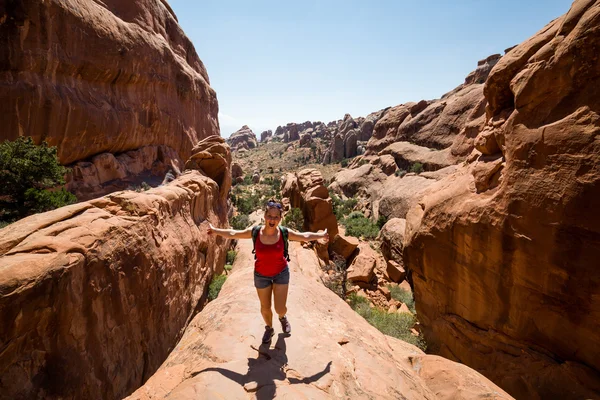
Utah’s national parks prove that variety and quality can coexist in a relatively small area, with each park offering hiking experiences that feel completely different from the others. These trails showcase landscapes that range from slot canyons to mountain peaks, desert washes, to pine forests, creating opportunities for hikers to experience multiple ecosystems within a single vacation.
The best part about hiking Utah’s Mighty Five isn’t just the individual trails but the way each park contributes to a comprehensive understanding of the American Southwest’s incredible geological diversity.
Like Travel Pug’s content? Follow us on MSN.
More from Travel Pug

- 20 Best Beach Towns in the Carolinas
- 13 Destinations Where Tourists Regularly Regret Their Trip
- 20 Things You Actually Get in First Class
- 20 Small Airports With Aviation Museums
- 20 Places in the U.S. That Are Perfect for a Reset Trip
Like Travel Pug’s content? Follow us on MSN. content? Follow us on MSN.
